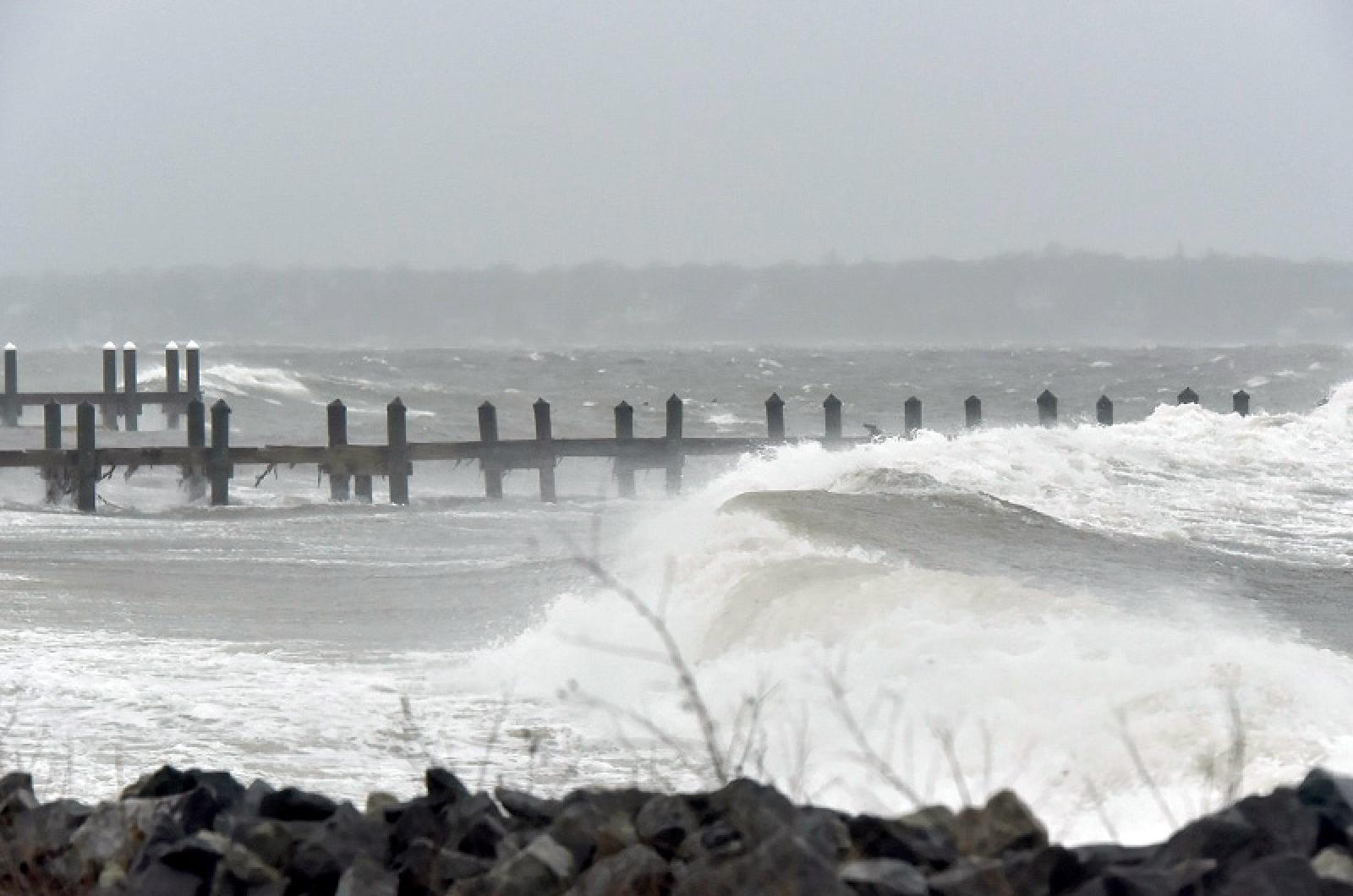During the peak of the recent winter storm on Jan. 4, the electricity network that serves Cape Cod and the Islands faced a significant test. The Pilgrim nuclear station in Plymouth went off line when a transmission line snapped in high winds and blizzard conditions, an event that forced curtailment of generation at the canal plant generating station in Sandwich.
The two plants, which provide power to more than 180,000 homes in the region, didn’t come fully back online for 72 hours. And during those long hours another outage could have triggered blackouts during three days of horrible conditions.
If Vineyard Wind been built and online prior to the storm, the offshore wind project’s 800 megawatts of clean energy not only would have eased the threat of an electricity grid crash, it would have dramatically reduced environmental impacts.
Frigid arctic temperatures and stormy conditions strained the capacity of interstate natural gas pipelines to transport enough fuel to meet the region’s demand for heating and electric generation. The bitter conditions led to a spike in wholesale gas prices, more than 10 times the 2017 annual average price.
While most electricity in the region comes from burning natural gas during normal conditions, during extreme cold the gas is prioritized for home heating, and electricity generators turn to stored oil. During cold weather conditions that force electric generators to burn emission-intensive oil to fuel their turbines, they release tons of excess greenhouse gases like CO2, as well as pollutants impacting local air quality, into the atmosphere. Commonwealth magazine reported that during 14 days of extreme cold after Christmas, New England’s power generators burned close to two million barrels of oil, more than they used in 2016 and 2017 combined.
Wind data provided by the Massachusetts Clean Energy Center’s offshore measurement station show that had Vineyard Wind or a similar project been in service, it would have operated at full power during the storm’s peak. In addition to more than making up for the outage at Pilgrim (which only generates 685 megawatts), Vineyard Wind would have reduced carbon dioxide emissions by more than 67,000 metric tons during the so-called bomb cyclone, based on figures reported by the regional grid operator, ISO New England. That level of greenhouse gasses is roughly the same as the volume of tailpipe emissions produced by 14,000-plus cars over the course of a single year.
During the storm, power prices spiked to their highest level in years. Vineyard Wind would also have mitigated this situation by providing enough clean, emission-free electricity over the four-days during and after the storm to limit price spikes that occurred in regional wholesale electricity market. Based on actual grid prices and weather conditions from early January, potential power production from the Vineyard Wind project would have saved Massachusetts customers nearly $15 million and another $31 million for customers in other New England states.
When it comes to electricity, the recent extreme weather reminds us why the Cape and Islands need offshore wind energy soon than later. More cold extremes will come in future winters.
Mike Jacobs is chairman of the Vineyard Power Cooperative and heads the Union of Concerned Scientists climate and energy program’s electricity markets and regulatory division.





Comments (14)
Comments
Comment policy »